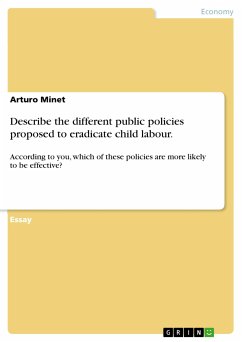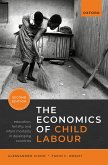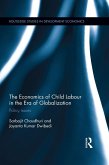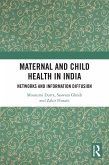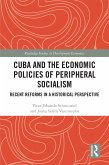Essay from the year 2007 in the subject Economics - Other, grade: 2,0, University of Warwick, course: Topics in Development Economics, language: English, abstract: According to one of the latest reports released by UNICEF in June 2006, more than 190.7 million children aged 5-14 years are currently engaged in child labour. While the Asian and Pacific regions harbour the largest absolute number of child workers (127.3 million, 19%), it is Sub-Saharan Africa which has the highest participation rate (29%, 48 million). Many of these children are forced into debt bondage, are misused as soldiers in armed conflicts or trafficked into prostitution. Other estimates from the ILO state that in 1995 there were up to 120 million children under the age of 15 carrying out paid work . This figure, it claims, would rise to 250 million if part-time work and household activities were to be included as 'child labour'. Obviously the estimates can vary widely depending on the data used and the definition of 'work' and 'child' but the ILO Convention No. 138 of 1973 seems to be a reasonable benchmark. It sets the minimum age for the admission to employment or work to at least 15 years. Children below that age are consequently regarded as economically active if the work they perform prevents them from a proper school attendance. This essay aims to describe and evaluate the different policies proposed to curb child labour.
Dieser Download kann aus rechtlichen Gründen nur mit Rechnungsadresse in A, B, BG, CY, CZ, D, DK, EW, E, FIN, F, GR, HR, H, IRL, I, LT, L, LR, M, NL, PL, P, R, S, SLO, SK ausgeliefert werden.

